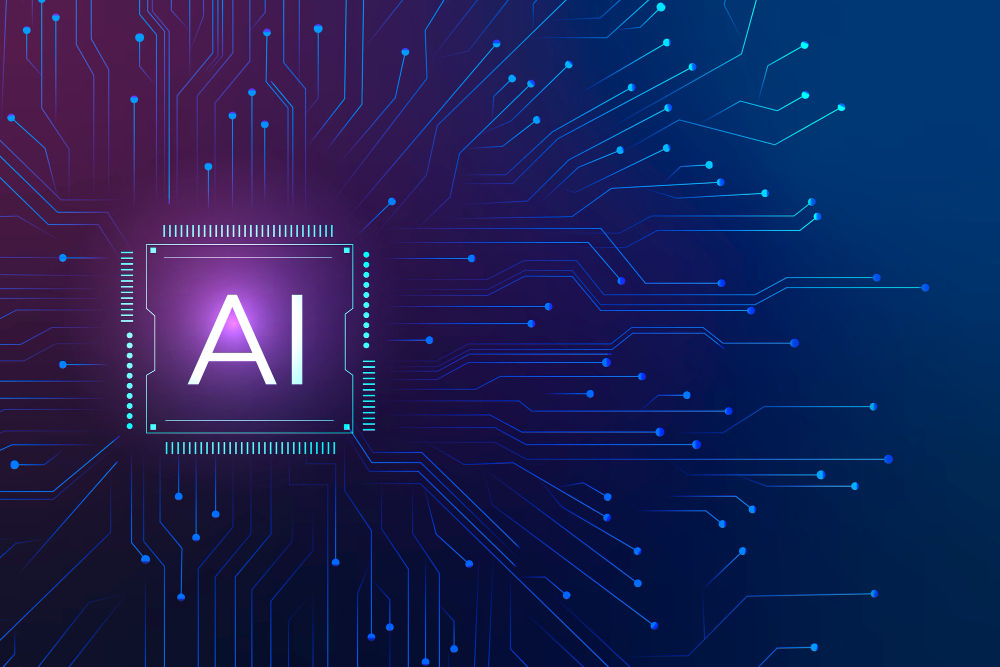Artificial Intelligence (AI) has revolutionized the way we interact with technology, making it smarter, more intuitive, and more capable. At the heart of AI lies a plethora of algorithms, each with its unique strengths and applications. When you visit https://bitcodemethod.dev/ you will get to know more about AI algorithms. Let’s discuss the different types of AI algorithms, how they work, and their real-world applications, shedding light on the exciting world of artificial intelligence.
Types Of AI Algorithms

1. Supervised Learning Algorithms
Supervised learning is a foundational AI approach where the algorithm learns from labeled data, making predictions and decisions based on that data.
How They Work: Supervised learning algorithms aim to find patterns in data. They require a dataset with input-output pairs. The algorithm learns by minimizing the error between its predictions and the actual outputs. Common supervised learning algorithms include Linear Regression, Decision Trees, and Neural Networks.
2. Unsupervised Learning Algorithms
Unsupervised learning, in contrast, works with unlabeled data, seeking to discover hidden patterns or structures within the data.
How They Work: Unsupervised learning algorithms aim to find the underlying structure in data, such as clusters or associations. Popular unsupervised algorithms include K-Means Clustering, Principal Component Analysis (PCA), and Autoencoders.
3. Reinforcement Learning Algorithms
Reinforcement learning is the foundation of many cutting-edge AI applications, particularly in robotics and gaming.
How They Work: In reinforcement learning, an agent interacts with an environment, learning to make sequences of decisions to maximize a reward signal. The agent explores different actions and learns which ones lead to better outcomes. Common reinforcement learning algorithms include Q-Learning and Deep Q-Networks.
4. Natural Language Processing (NLP) Algorithms
NLP algorithms are designed to understand, interpret, and generate human language, enabling machines to communicate effectively with humans.
How They Work: NLP algorithms process and analyze human language data, working with tasks like sentiment analysis, language translation, and chatbots. Some popular NLP algorithms include Word2Vec, LSTM (Long Short-Term Memory), and Transformers.
5. Computer Vision Algorithms
Computer vision algorithms enable machines to interpret and understand the visual world, allowing for image and video analysis.
How They Work: These algorithms analyze visual data by identifying patterns, objects, and features within images and videos. Popular computer vision algorithms include Convolutional Neural Networks (CNNs), Object Detection, and Facial Recognition.
6. Genetic Algorithms
Genetic algorithms are a subset of evolutionary algorithms inspired by the process of natural selection.
How They Work: Genetic algorithms use a population of potential solutions and evolve them over generations to find the best solution to a problem. They mimic the concept of natural selection, including mutation and crossover.
7. Fuzzy Logic Algorithms
Fuzzy logic extends traditional binary logic by allowing values between true and false, making it suitable for handling uncertain and imprecise information.
How They Work: Fuzzy logic algorithms use linguistic variables and fuzzy sets to make decisions based on degrees of truth. They are particularly useful in control systems.
8. Bayesian Networks
Bayesian networks are probabilistic models that represent and solve problems involving uncertainty and probabilistic reasoning.
How They Work: Bayesian networks use probability theory to model relationships between variables and make inferences based on available evidence.
9. Random Forest
Random Forest is an ensemble learning method that combines multiple decision trees to improve predictive accuracy and reduce overfitting.
How They Work: Random Forest creates a collection of decision trees and aggregates their predictions to make more accurate classifications or predictions.
10. Deep Learning Algorithms
Deep learning is a subset of machine learning that utilizes artificial neural networks with many layers (deep neural networks).
How They Work: Deep learning algorithms use multiple layers of artificial neurons to model and solve complex problems. Popular deep learning algorithms include Convolutional Neural Networks (CNNs) and Recurrent Neural Networks (RNNs).
































































